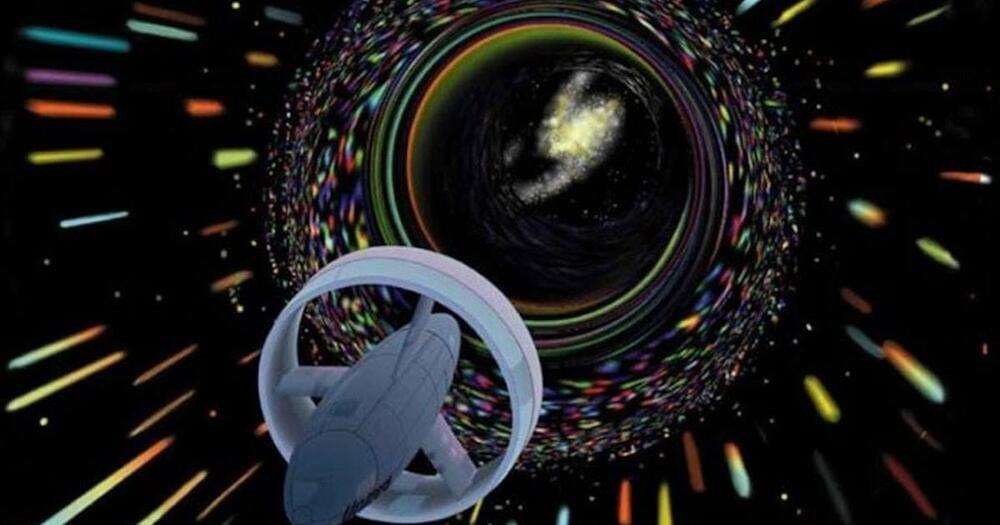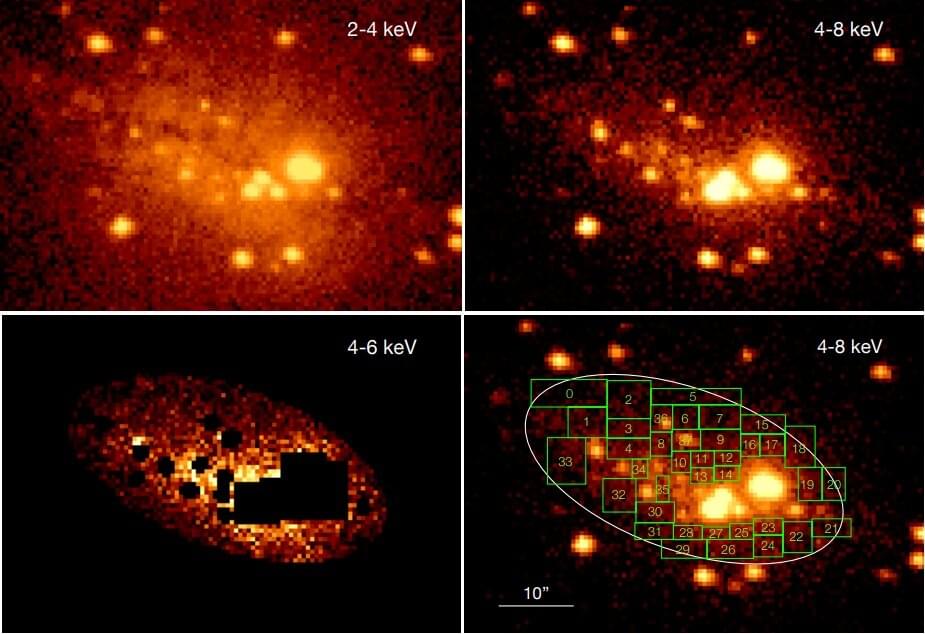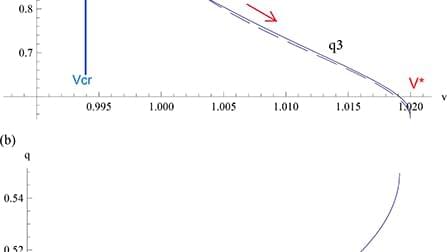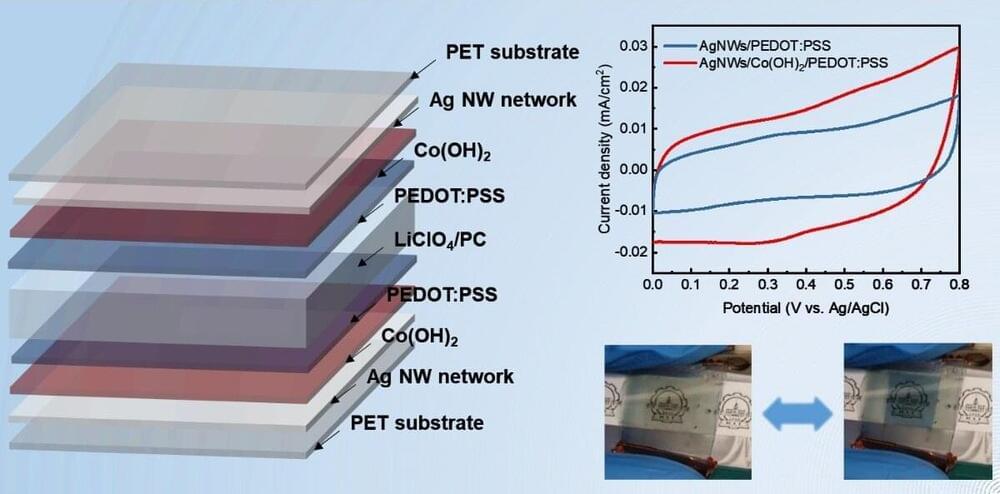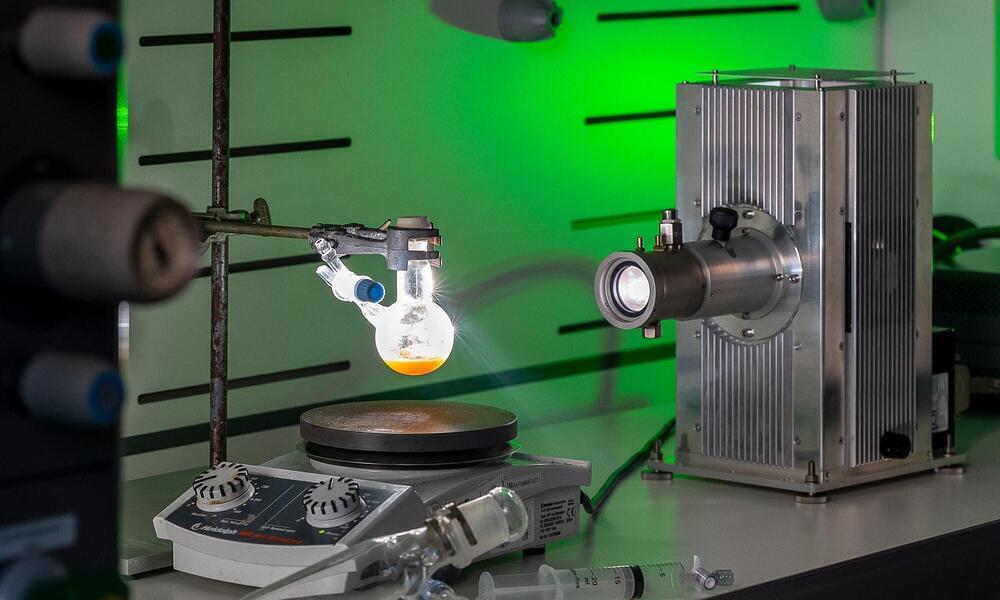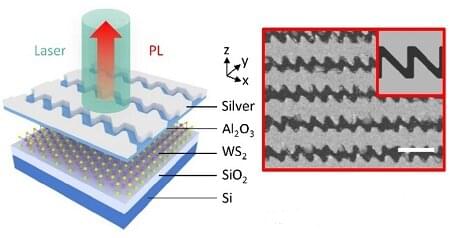Some of the more well-known examples include retrievable and reusable rockets, retrieval at sea, mid-air retrieval, single-stage-to-orbit (SSTO) rockets, and kinetic launch systems.
In addition, there are also efforts to develop propulsion systems that do not rely on conventional propellants. This technology offers many advantages, including lower mass and improved energy efficiency, ultimately lowering costs.
On June 10, 2023, an all-electrical propulsion system for satellites (the IVO Quantum Drive) will fly to space for the first time. The system was built by North Dakota-based wireless power company IVO, Ltd. and will serve as a testbed for an alternative theory of inertia that could have applications for propulsion.
